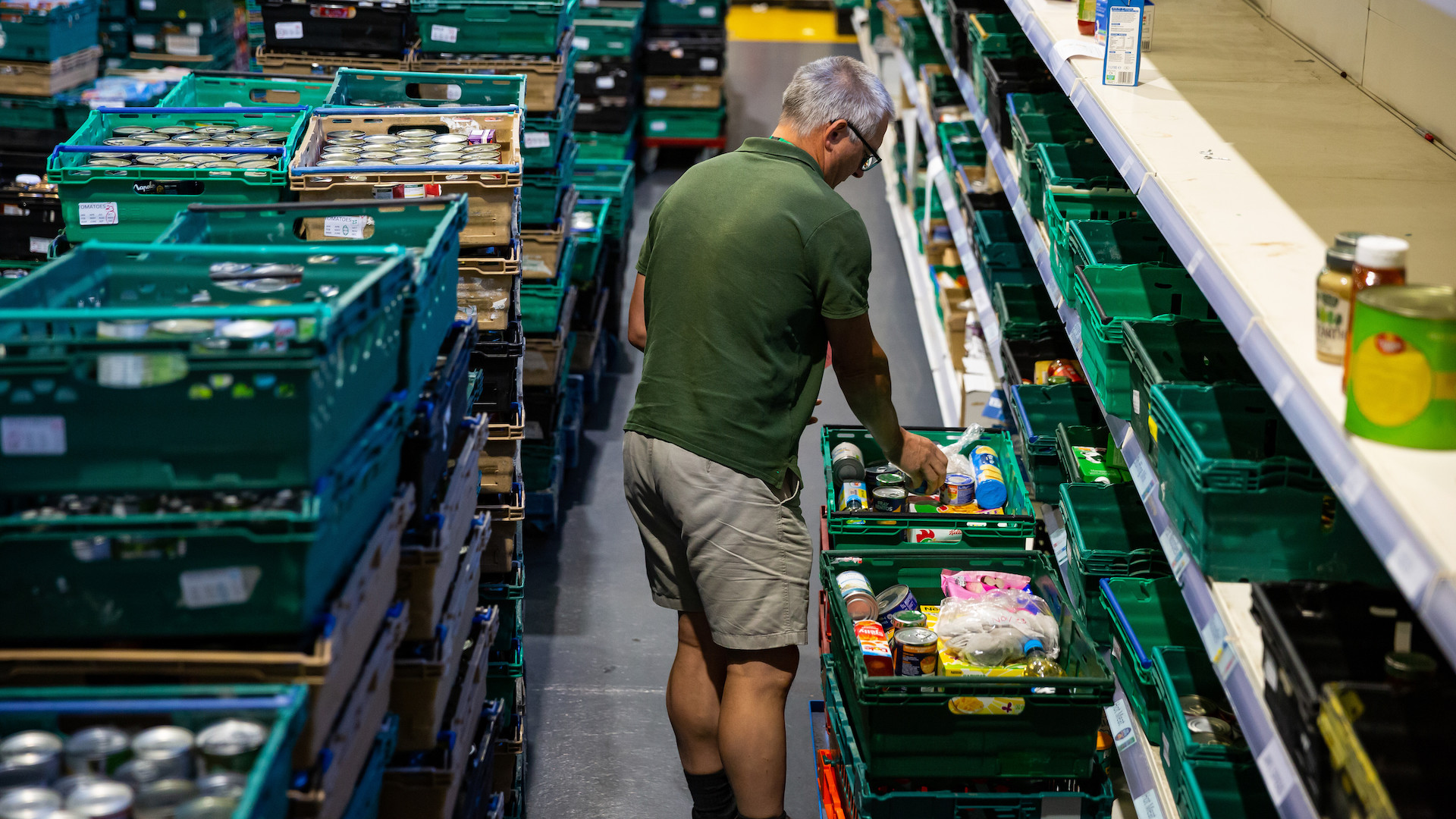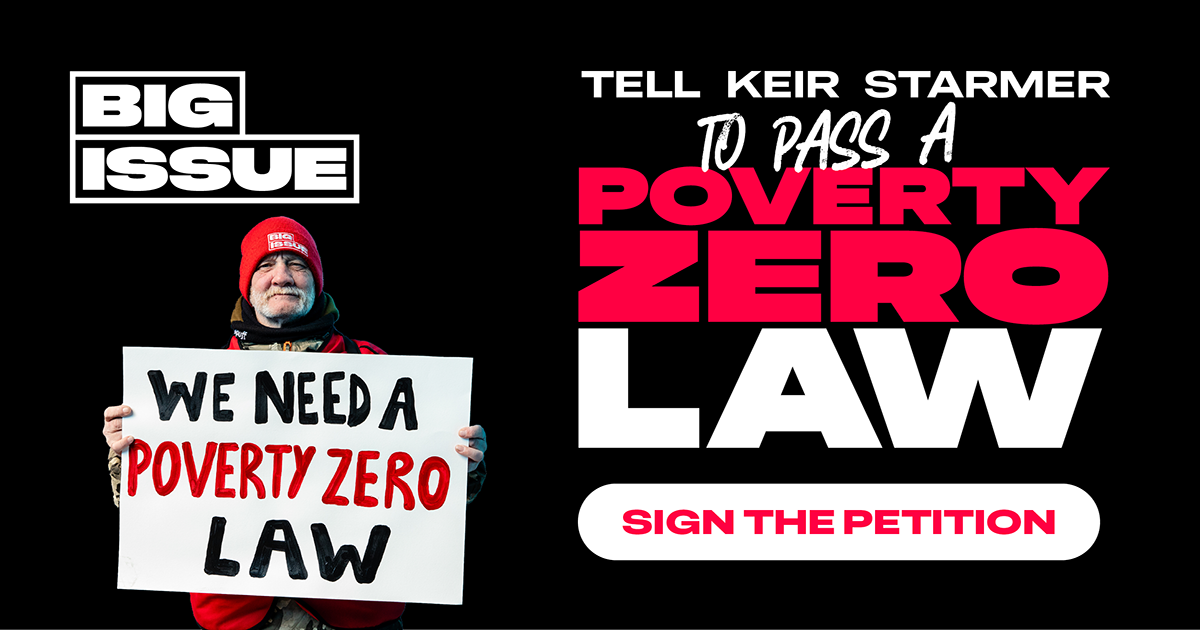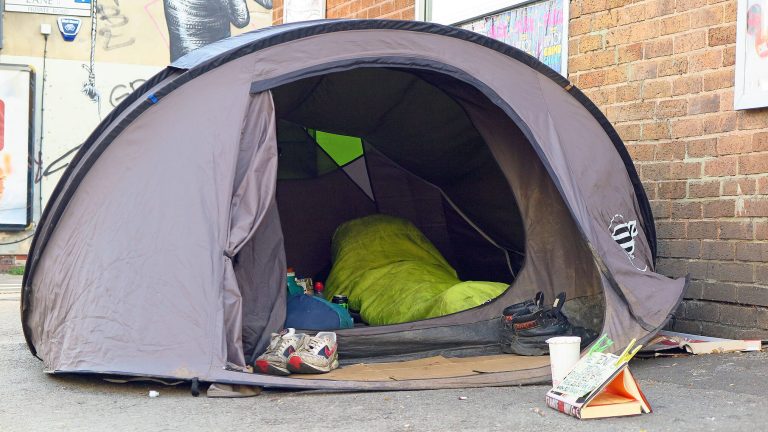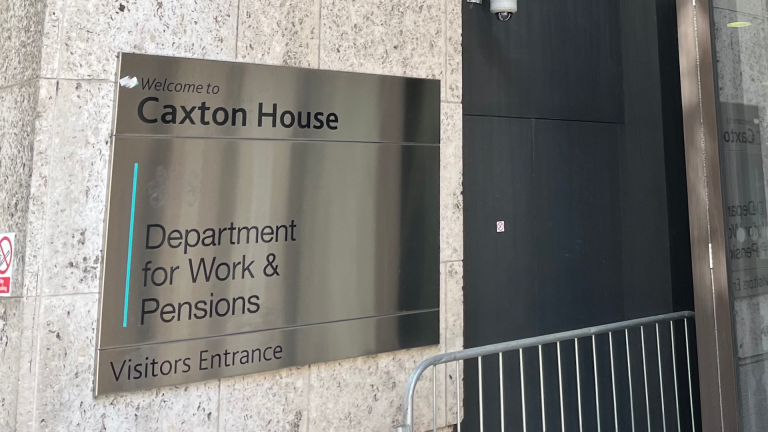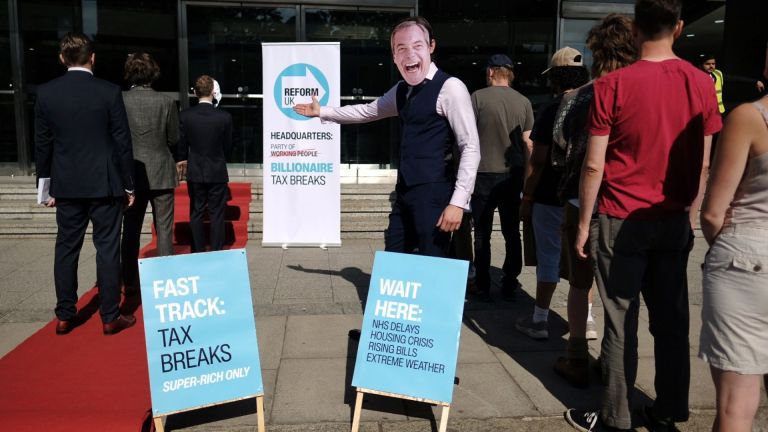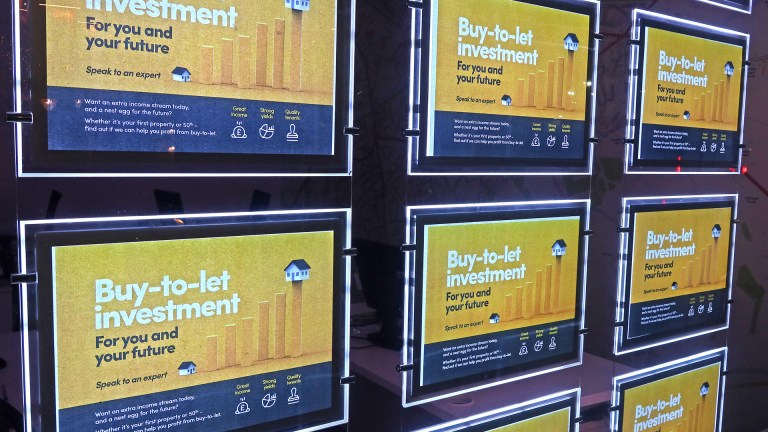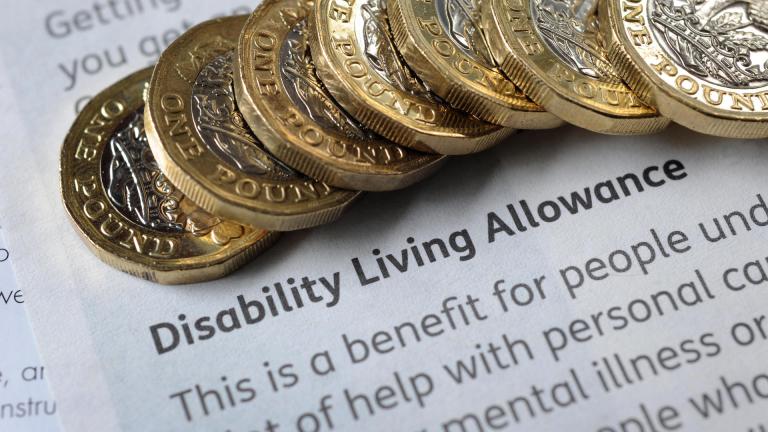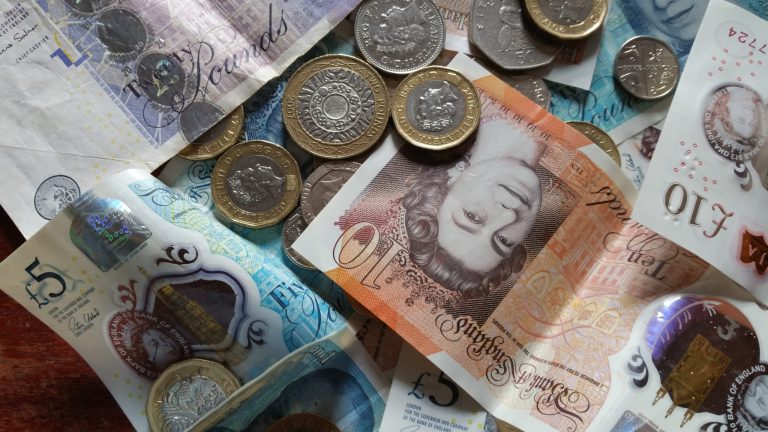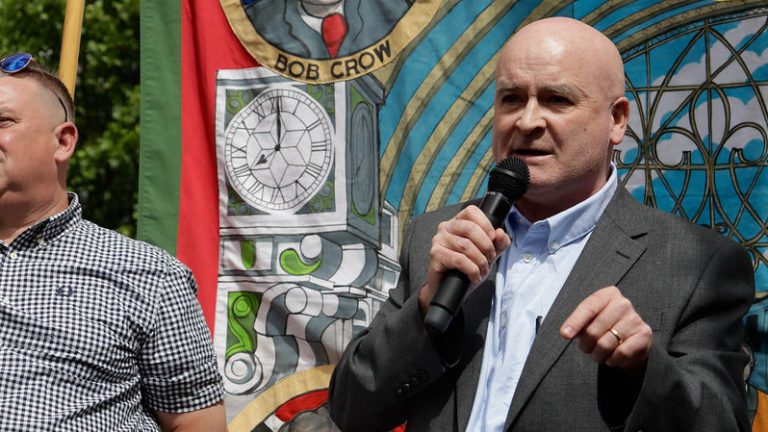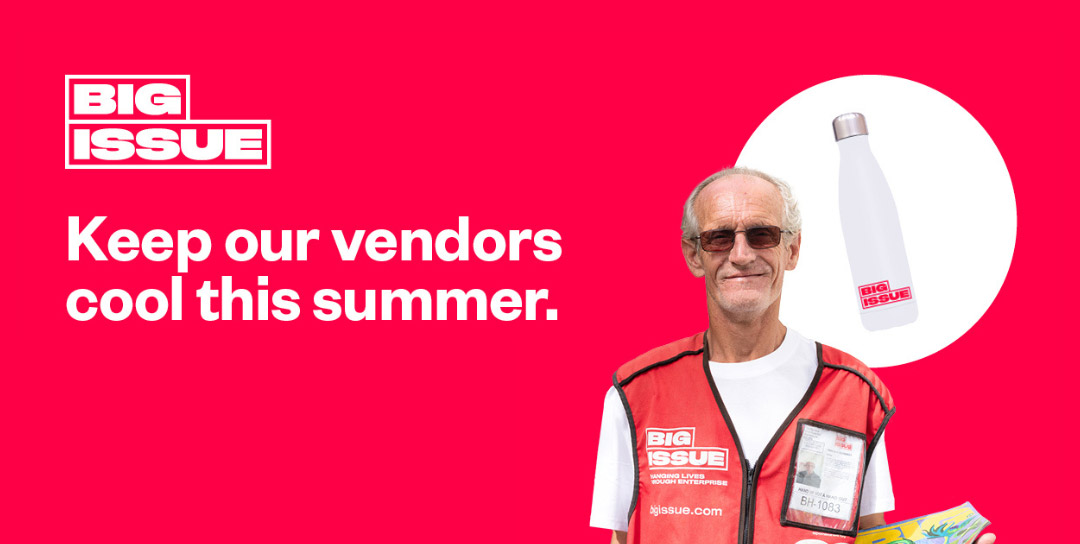“Christmas should be a special time when people feel loved and included, not something they dread because they haven’t got any money,” said Ali, an advice worker at Exeter Foodbank.
“Anything you can give will make a huge difference, not just to us at the food bank, but by helping us connect people to other vital support.”
Never donated to a before? Don’t know where to find a food bank near you? Not sure why they exist in the first place? Here’s everything you need to know.
How can I find a food bank near me?
Most communities have a food bank. Trussell is the UK’s biggest network of food banks, with more than 1,300 across the country. It has a map on its website where you can find one near you, making it easy to donate directly by simply delivering the items you want to give.
Meanwhile, there are more than 1,000 independent food banks supporting communities across the UK. You can find many of them using IFAN’s interactive map. Online tools like Bankuet and Foodbank App can also be used to find your local food bank as well as discovering what resources they most urgently need.
You can also check with your local council, as many have connections to smaller food aid initiatives. A quick internet search or checking community noticeboards might reveal others too.
Advertising helps fund Big Issue’s mission to end poverty
Where can I donate to a food bank?
Most food banks have preferred drop-off points for convenience and to protect the privacy of guests. This might be at their warehouse or at local supermarkets.
Supermarkets often have a collection box so it’s easy to donate while doing your weekly shop. Some might even welcome donations of more than just food – starting from November 1, Lidl is encouraging customers to drop off new and unopened toys at any store across the country. These will then be distributed locally to children of all ages to make sure everyone gets some joy this Christmas. Items including toys, games, books, puzzles, and arts and crafts can be donated.
If you can’t collect and donate items, most happily accept cash contributions. Services like the Trussell, IFAN and other local food banks can be donated to online, either as a one-off or on a recurring basis.
Donations don’t have to be huge. It can just mean buying a few extra items in your weekly shop or donating cash to help food banks buy the items they know locals really need.
What to donate to a food bank?
Most food banks have clear guidance on what they put in a parcel, meaning deciding what to donate is simple. They tend to have lists on their website or social media pages with exactly what items they need – it’s important to keep to this list. They might be overwhelmed by donations of pasta, for example, but not have any tinned vegetables to give to guests.
The main thing to bear in mind is that whatever you give could be stored for some time before it goes to those who need it. Avoid things like fresh fruit and veg, fish, meat and dairy products as they might go bad and the food bank is unlikely to accept it.
Advertising helps fund Big Issue’s mission to end poverty
According to Trussell, a food parcel typically includes: cereal, soup, pasta, rice, tinned tomatoes, pasta sauce, lentils, beans and pulses, tinned meat, tinned vegetables, tea or coffee, tinned fruit, biscuits, UHT milk, and fruit juice.
Always check with your local food bank’s specific needs before donating, as their list can change based on demand.
Do food banks need toiletries?
Toiletries are often overlooked but are desperately needed. So when it comes to non-food items you can donate, this could include deodorant, toilet paper, shower gel, shaving gel, shampoo, soap, toothbrushes, tooth paste, hand wipes, period pads and tampons.
Many also accept household items like laundry powder or liquids and washing up liquid, as well as baby supplies such as nappies, baby wipes and baby food.
It’s worth remembering that luxury items many of us take for granted are out of the question for people struggling to put food on the table. Stick to the lists put together by food banks to ensure you are helping combat hunger, but some services have bonus tables where treats are given out – especially in the run-up to Christmas – if you decide to donate something special alongside the essentials.
How do food banks work?
Food banks are designed to help people in the community who may be struggling to pay for food. Schools, churches and community centres often set up collections for food banks or donation schemes and so do big supermarkets and charities, collecting essential items for people who can’t afford them.
Advertising helps fund Big Issue’s mission to end poverty
People usually need a referral from a support service or professional, such as Citizens Advice, your children’s school or a charity. If you’re not sure where to get a referral, your local council should be able to advise you and help you find a food bank.
Before being referred people will be asked about their needs, their income and how many people they are supporting – so advisers know if they should be referred for enough food to feed a family. They then usually receive a voucher they can exchange for three days’ worth of emergency food at a local food bank.
When they have found a food bank and go to collect their food they will often be offered a cup of tea and a chat to see if there is any other help they may need. Food banks exist to meet the immediate need for food but many volunteers try to connect people in need with other support services and advice on managing debt and finance. Some food banks help out with other essentials too, like vouchers and cash to help people experiencing fuel poverty heat their homes.
Volunteers play a huge role in sorting donations at food banks, preparing parcels, and offering support.
Do food banks charge for food?
Food banks don’t charge for food – but lots do require visitors to be referred by a professional. This could be a local council worker, school, health professional or social worker. A voucher is then exchanged for an emergency food parcel typically containing at least three days’ worth of food.
“People are only really supposed to have three food vouchers within any six month period, because it’s meant to just get them through the crisis periods,” Beryl Bellew, at North Liverpool Foodbank, says. “But people are having to come more and more. That puts pressure on the volunteers. As a volunteer, we would never want to send someone away who needed food.”
Advertising helps fund Big Issue’s mission to end poverty
There are food banks that don’t require people to be referred, which are typically independent food banks, community fridges and soup kitchens. You can find more information online.
The idea that lots of people go to food banks to get themselves free groceries is a myth – many users report shame and stigma around needing food aid and most people only seek a referral after having no income for at least a month, according to Turn2us.
Why you should donate to a food bank
“We’ve got no way of knowing how we’re going to survive this winter,” Cass Francis, the communications and campaigns manager at Southend Foodbank, said. “We really don’t. I shouldn’t be saying that really but it’s the truth. We’re not the only ones in this situation.
“We are literally desperate. And we’re in an unsustainable position of basically shoring up the inadequate benefit system that is letting people down. We are running to stay still.”
While anti-poverty campaigners and charities including Trussell lobby for long-term solutions – such as a welfare system that’s generous enough to enable people to afford essentials – there remains an immediate need for people to get food even when they can’t afford it.
Are food banks the answer?
Food banks hand out emergency parcels to meet an immediate need: the thousands of people across the country who would not have anything to eat that day otherwise.
Advertising helps fund Big Issue’s mission to end poverty
But volunteers and charity workers agree that food poverty can’t be separated from poverty itself, and that food handouts are not the answer to the UK’s poverty problem. They want the government to strengthen the benefits system and improve low pay across the country to make sure people can afford food in the first place.
IFAN is working with dozens of local authorities to implement a “cash-first” approach to ending demand for food aid, signposting people struggling to afford food to sources of financial support. Experts agree that helping people access cash they can make decisions about, rather than vouchers, helps preserve their dignity as well as preventing them from going hungry.
Do you have a story to tell or opinions to share about this? Get in touch and tell us more. Big Issue exists to give homeless and marginalised people the opportunity to earn an income. To support our work buy a copy of the magazine or get the app from the App Store or Google Play.
